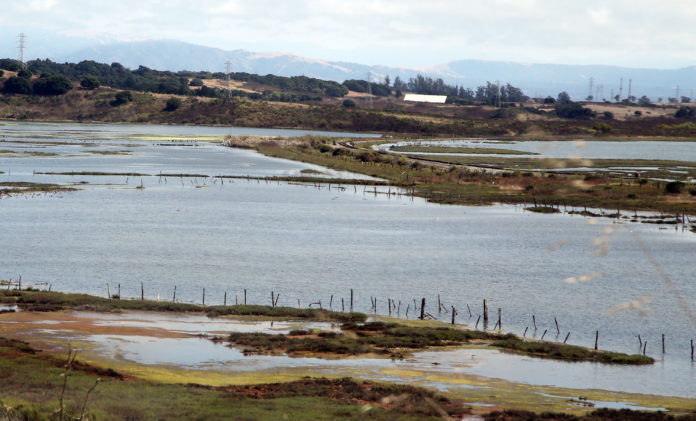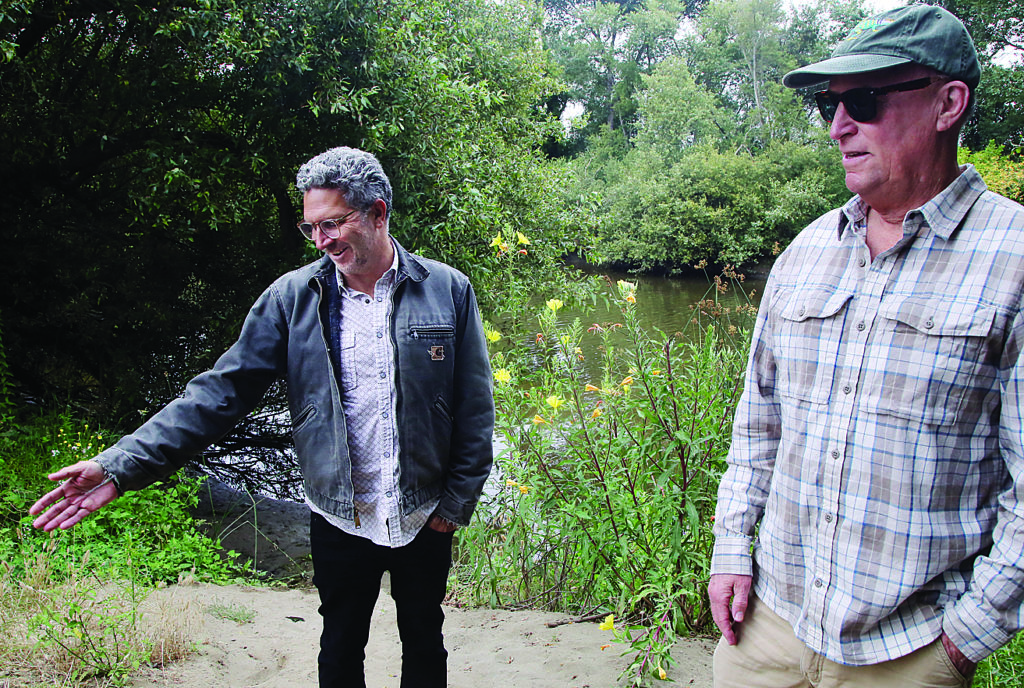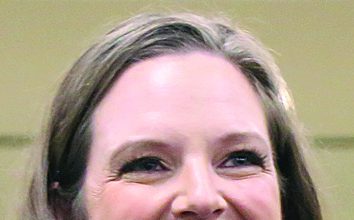
Elkhorn Slough, the vast natural area south of Watsonville that serves as a transition zone between land and sea and is home to myriad species of birds—as well as water and land animals—got a boost last week with a $6 million award.
The money from the National Oceanic and Atmospheric Administration (NOAA) includes $4.2 million to the Elkhorn Slough National Estuarine Research Reserve’s (ESNERR) Tidal Wetland Program for one 1.5-acre marsh restoration, 35 acres of marsh/upland transition habitat, and planning for 200 additional acres to protect critical transportation infrastructure and public access.
Conservation specialists consider ESNERR a priority because it hosts the greatest extent of tidal wetlands on more than 600 miles of coast between San Francisco and Mexico.
Without intervention, many of its remaining marshes are projected to be lost within 50 years due to SLR, subsidence, and tidal erosion, ESNERR stated in a press release.
The money from NOAA is part of a broader $71.1 million award for climate resilience and adaptation to 22 organizations in Santa Cruz and Monterey counties.
California Marine Sanctuary Foundation (CMSF) is the lead agency in the grant, and is administering the money. It is one of the largest grants given to a non-governmental organization in state history, said CMSF executive director Robert Mazurek.

The focus, Mazurek said, is to protect the communities and agricultural land from impending sea-level rise.
“The main theme of this project is to create buffers where you build healthy wetlands that function to absorb flood flows, to keep the floods from getting into places where you don’t want them,” he said.
Mazurek said, in applying for the grant, CMSF took a close look at the kinds of projects NOAA wants to fund.
“We have underserved communities that are most vulnerable to floods and fires and sea level rise, and we have the opportunity to do these types of projects to adapt around those most vulnerable communities and make them more resilient,” he said.
The award also includes $54,300 to ESNERR’s Coastal Training Program to provide climate resilience training to 105 local professionals, including stipends for 18 Tribal and disadvantaged community leaders.
“Adapting to climate change is going to be a continual and growing challenge over decades,” says Dan Brumbaugh, Director of the Coastal Training Program. “We can accelerate our adaptation by showcasing and learning from what’s going on around the region.”
In addition, $1.8 million will go to the Elkhorn Slough Foundation as part of a joint effort organized by the Resource Conservation District of Monterey County to treat and control invasive eucalyptus around Elkhorn Slough.
This project will remove approximately 40 acres of highly flammable eucalyptus trees, which are prone to torching and crown ignition and can send embers drifting over long distances to start spot fires.
“By removing these dangerous, weedy trees and replanting with a mosaic of lower growing native vegetation,” explains ESF Stewardship Director Dash Dunkell, “we will reduce risk of catastrophic wildfire and create a more resilient natural landscape.”
The project will help protect over 700 adjacent habitable structures, electrical and telecommunications infrastructure, schools, and other community institutions in the nearby communities of Las Lomas, Elkhorn, and Prunedale.
John Hunt, a UC Davis research toxicologist who serves as a CMSF consultant, said that the Central Coast received a large portion of the available grant money, with 120 entities vying for $575 million nationwide.
“There were more partners and more needed funding than there was money,” he said.
Hunt added that taking the steps to protect from climate change calamities costs far less than repairing the damage after they happen.
“This is an investment in ounce-of-prevention,” he said.












The only part of this money spending that makes sense is the removal of Euc trees…..
This should make the local tree hugging climate freaks feel warm and fuzzy. The climate has been changing for millions of years. Accept the FACT that we are coming out of the last ice age. Humans can’t change that.
This is just more taxpayer money being wasted on the climate change industrial complex.
I know this is off topic, but I wonder what PVUSD did with the 58 million they got from the federal gov for Covid relief? They are asking us to approve a bond issue for 351 million for school repairs, money for teachers rent. electric car chargers, 2 million to change locks etc. I’d like to see where and how that 58 million was spent, and also why so much to change locks. Every year they spend about 24,000 on lock changes and now they want 2 million to change locks. I think the whole bond issue is bogus and think the school board should post publicly where and how their budget money is spent yearly. They are given money to maintain school buildings yearly so why aren’t they doing so? They complain about teachers salaries, but if you include the benefits teachers get with great health insurance and retirement, but if you add all of that to their salaries, they’re doing pretty darn well. I see very expensive cars parked at the school lot that we normal working people can’t afford. I will vote a NO on any new school bond. Our property taxes are going up with the hospital bond and if this new school bond is passed, many of us won’t be able to afford the new hit on our property taxes.